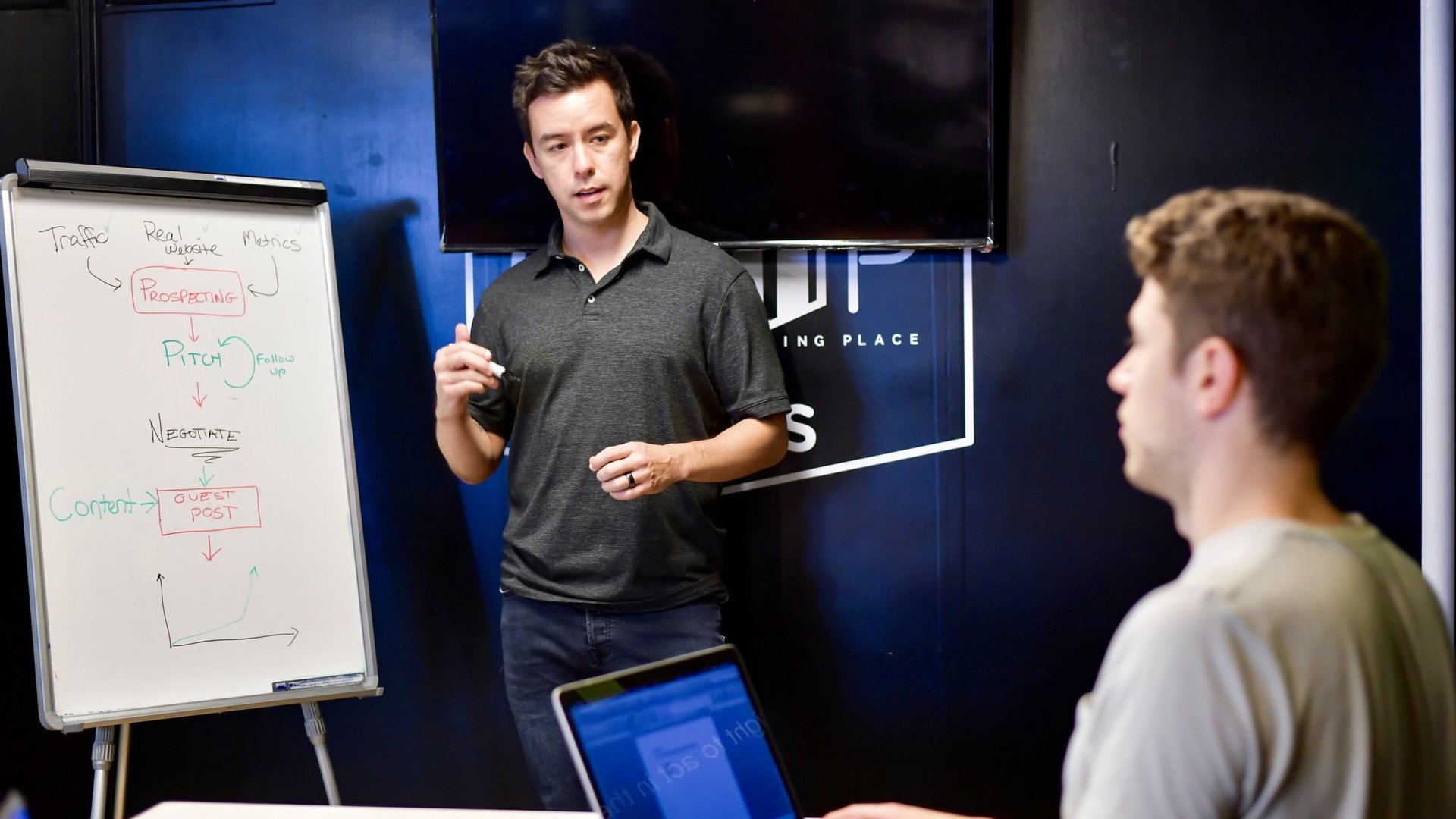We all attend meetings, and quite often they are important and necessary. However, how many times have you attended a meeting which left you feeling frustrated, robbed of your time, but more importantly, that no real decisions were made? Attending, and more importantly, using tools and ideas on our Introduction to Management course will give you a range of practical, tangible tools. In addition, you will receive strategies to help you succeed as a manager. These include how to lead effective meetings that help with productivity and efficiency. Here are some interesting facts and some practical ideas to show you how to lead effective meetings:
The Facts
According to research, the average employee spends a third of their time attending roughly 62 meetings a month. 33.4% of employees consider too many meetings the biggest waste of time and this results in a 60% productivity loss. 63% of meetings are conducted without a pre-planned agenda. 91% of people admit to daydreaming in meetings. 73% do other work and 47% complain that meetings are the number one timewaster in the office. As to the costs – read more on our website!
Have a good agenda
Any productive meeting will benefit from an agenda. Regarding this, a great way to create an effective agenda is to include not only topic titles and who will lead on it, but what outcomes or objectives are required. More importantly, give it a timeslot and stick to it! Also, why not drop the tired and old-fashioned talking shop item of “Any other business”. If a matter is so important that it really should have been proposed for the agenda in the first place, then asking beforehand is important.
Define roles and expectations
Having a good chairperson is extremely helpful. You will need someone who will keep matters and people on track and to time and someone who will ensure contribution of all. To create more engagement, perhaps rotate the role of chairperson with those attending regular meetings. Have ground rules, let people know what you expect of them, but let your team create the rules. Have a notetaker if required – but if detailed minutes are not necessary, just use an action log – far easier to complete, read and digest.
More tips
- Allow busy people to attend just for their allocated time slot and then let them leave
- Circulate information that colleagues need to read before the meeting
- Set a clear objective and focus on it
- Redirect conversations back to the objective
- Listen and ask open questions to probe
- Summarise for the group to ensure understanding
- Encourage people to share ideas and opinions
- Assign roles and responsibilities
- Follow up on roles, responsibilities, and actions
Concluding thoughts
Always question if you really need to actually have a meeting. If you don’t need it, don’t do it! It only leads to vast amounts of wasted money, resources, and productivity. An effectively led, efficient and focused meeting will result in people actually looking forward to attending your meetings. They will see its worth; plus, you’ll be thanked for it. We hope this blog answers some of your questions on how to lead effective meetings!






